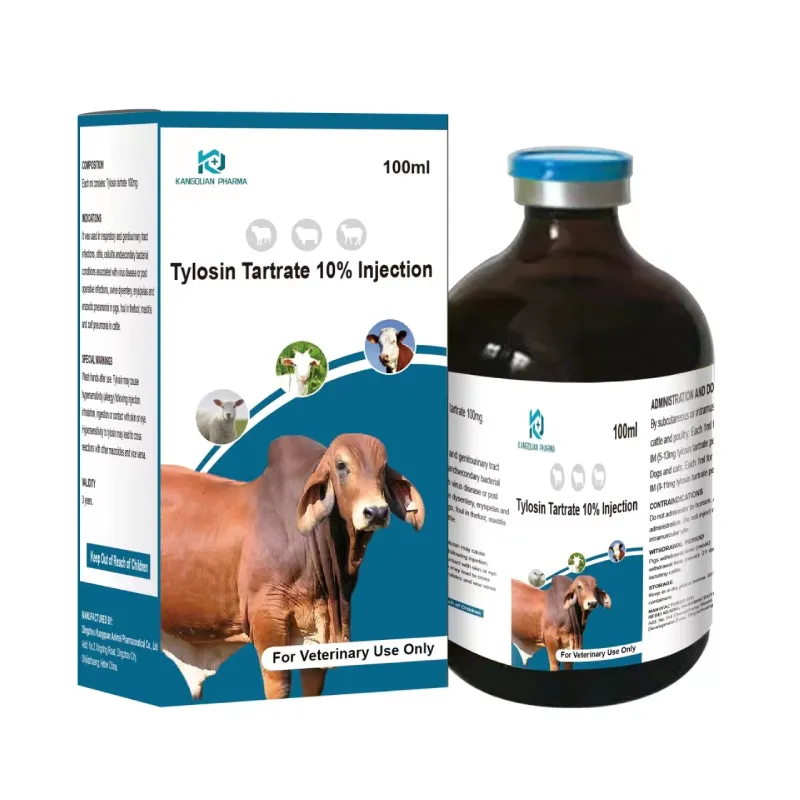- Afrikaans
- Albanian
- Amharic
- Arabic
- Armenian
- Azerbaijani
- Basque
- Belarusian
- Bengali
- Bosnian
- Bulgarian
- Catalan
- Cebuano
- Corsican
- Croatian
- Czech
- Danish
- Dutch
- English
- Esperanto
- Estonian
- Finnish
- French
- Frisian
- Galician
- Georgian
- German
- Greek
- Gujarati
- Haitian Creole
- hausa
- hawaiian
- Hebrew
- Hindi
- Miao
- Hungarian
- Icelandic
- igbo
- Indonesian
- irish
- Italian
- Japanese
- Javanese
- Kannada
- kazakh
- Khmer
- Rwandese
- Korean
- Kurdish
- Kyrgyz
- Lao
- Latin
- Latvian
- Lithuanian
- Luxembourgish
- Macedonian
- Malgashi
- Malay
- Malayalam
- Maltese
- Maori
- Marathi
- Mongolian
- Myanmar
- Nepali
- Norwegian
- Norwegian
- Occitan
- Pashto
- Persian
- Polish
- Portuguese
- Punjabi
- Romanian
- Russian
- Samoan
- Scottish Gaelic
- Serbian
- Sesotho
- Shona
- Sindhi
- Sinhala
- Slovak
- Slovenian
- Somali
- Spanish
- Sundanese
- Swahili
- Swedish
- Tagalog
- Tajik
- Tamil
- Tatar
- Telugu
- Thai
- Turkish
- Turkmen
- Ukrainian
- Urdu
- Uighur
- Uzbek
- Vietnamese
- Welsh
- Bantu
- Yiddish
- Yoruba
- Zulu
Nov . 05, 2024 04:35 Back to list
tylosin tartrate injection veterinary
Tylosin Tartrate Injection in Veterinary Medicine
Tylosin tartrate is a broad-spectrum macrolide antibiotic that has been widely used in veterinary medicine for a range of bacterial infections in animals. It is particularly effective against Gram-positive bacteria and certain Mycoplasma species. As a member of the macrolide antibiotic class, tylosin works by inhibiting bacterial protein synthesis, ultimately leading to the demise of the invading pathogens. This article provides an overview of tylosin tartrate injection, its applications, dosage considerations, and safety profile in veterinary practice.
Applications of Tylosin Tartrate Injection
Tylosin tartrate is primarily utilized in the treatment of respiratory, gastrointestinal, and soft tissue infections in various animal species, including cattle, swine, sheep, and poultry. Additionally, it is commonly prescribed for the treatment of a specific respiratory disease known as enzootic pneumonia in cattle and Mycoplasma infections in swine. In poultry, tylosin may be used to address issues such as chronic respiratory disease, necrotic enteritis, and other bacterial infections, which can lead to significant economic losses in the industry.
The use of tylosin extends beyond infections; it is also employed as a growth promoter in livestock, assisting in improving feed efficiency and overall weight gain. However, its use in animals intended for human consumption is regulated in many jurisdictions to prevent antibiotic residues in food products. Therefore, veterinarians must adhere to withdrawal times prior to slaughter to ensure consumer safety.
Dosage Considerations
When administering tylosin tartrate injection, it is crucial to follow the recommended dosages as directed by a licensed veterinarian. The dosage may vary based on the species being treated, the severity of the infection, and the animal's weight. Typically, the recommended dosage is around 10 to 20 mg/kg of body weight, administered either as a single dose or divided into multiple doses over several days.
tylosin tartrate injection veterinary

It is essential to note that tylosin is often delivered via intramuscular or subcutaneous injection, and care should be taken to avoid injecting into areas with a high degree of muscle damage or inflammation
. Observing appropriate hygiene and aseptic techniques during the injection process can reduce the risk of post-injection complications, such as abscess formation.Safety Profile and Side Effects
Tylosin tartrate is generally well tolerated in most animal species, but like all medications, it can cause side effects in some cases. Common side effects may include mild local reactions at the injection site, such as swelling or tenderness. In rare instances, anaphylactic reactions have been reported, necessitating prompt veterinary intervention.
Additionally, the improper use of tylosin, such as excessive or prolonged usage, can lead to antibiotic resistance. This concern highlights the importance of responsible antibiotic use in veterinary medicine, advocating for targeted treatment based on culture and sensitivity testing where applicable.
Veterinarians are urged to educate animal owners on the signs of potential adverse reactions and the importance of completing the entire course of treatment to ensure the effective resolution of infections.
Conclusion
Tylosin tartrate injection represents a valuable tool in the arsenal of veterinary medicine, offering effective treatment options for bacterial infections across various animal species. Its broad-spectrum activity, combined with its applications in promoting growth, underscores its significance in livestock management. However, the responsible use of tylosin is paramount to mitigate the risks of antibiotic resistance and allergies. By adhering to proper dosage guidelines and monitoring for side effects, veterinarians can ensure that tylosin remains a safe and effective option in animal healthcare. As our understanding of antibiotics continues to evolve, ongoing research and education will be crucial in promoting best practices in veterinary prescribing.
-
Guide to Oxytetracycline Injection
NewsMar.27,2025
-
Guide to Colistin Sulphate
NewsMar.27,2025
-
Gentamicin Sulfate: Uses, Price, And Key Information
NewsMar.27,2025
-
Enrofloxacin Injection: Uses, Price, And Supplier Information
NewsMar.27,2025
-
Dexamethasone Sodium Phosphate Injection: Uses, Price, And Key Information
NewsMar.27,2025
-
Albendazole Tablet: Uses, Dosage, Cost, And Key Information
NewsMar.27,2025













